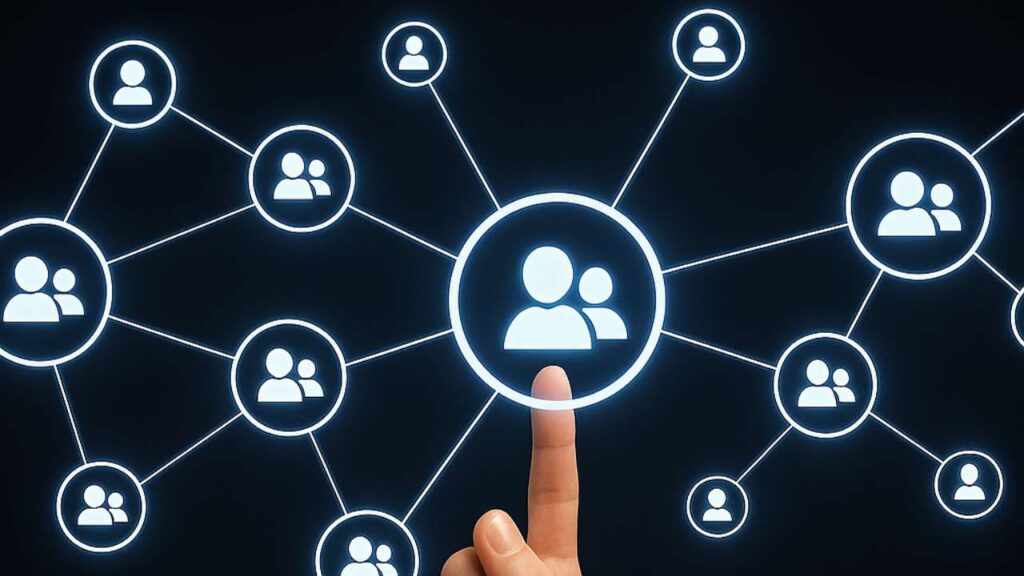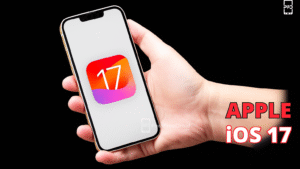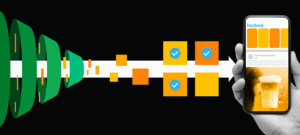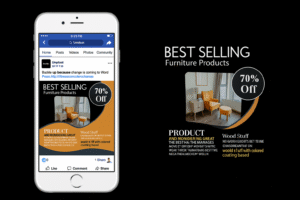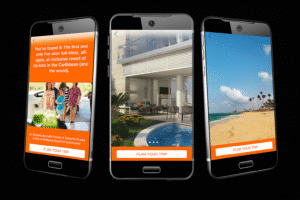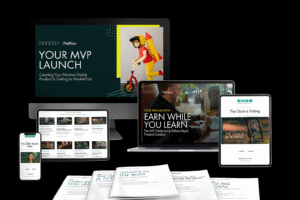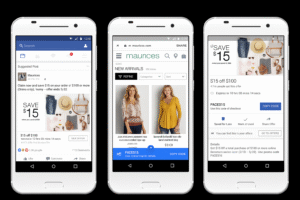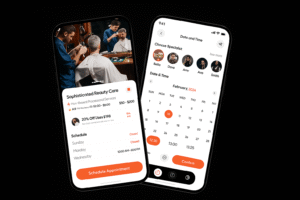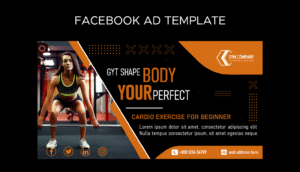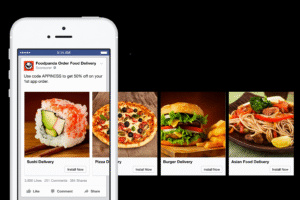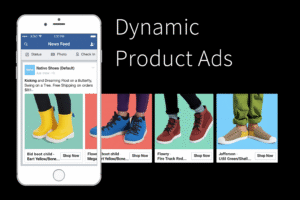Unlock the power of personalization in digital marketing! Learn how to use data, AI, and automation to boost engagement, conversions, and customer loyalty. 🚀📊
What Is Personalization in Digital Marketing? 🤔
Personalization in digital marketing refers to tailoring content, offers, and experiences to individual users based on their behaviors, preferences, and data. Rather than a “one-size-fits-all” approach, personalization makes every customer interaction relevant, timely, and meaningful.
Think:
Amazon recommending products you’re likely to buy
Spotify generating playlists based on your listening habits
Emails that address you by name and offer curated content
This isn’t just convenience—it’s powerful marketing strategy.
Why Personalization Matters More Than Ever in 2025 💡
In 2025, consumer expectations are sky-high. People don’t just appreciate personalization—they expect it.
📈 Key Stats That Prove Its Power:
80% of consumers are more likely to purchase from brands offering personalized experiences
Personalized emails deliver 6x higher transaction rates
74% of users feel frustrated when content is not relevant to them
Personalization isn’t optional—it’s essential.
Types of Personalization in Digital Marketing 🔍
1. Email Personalization
Use names, locations, or previous purchase data
Behavior-triggered emails (e.g., cart abandonment, birthday emails)
Dynamic content blocks tailored to recipient interests
2. Website Personalization
Custom landing pages based on user source
Smart CTAs based on device, location, or funnel stage
Returning visitor recognition
3. E-commerce Personalization
Product recommendations based on browsing or purchase history
Cross-sell and upsell suggestions
Personal shopping assistants (AI bots)
4. Content Personalization
Show different blog content based on user segment
Dynamic headlines or topics
Adaptive video content
5. Ad Personalization
Retargeting ads based on specific user behaviors
Geo-targeted ads
Dynamic creative optimization (DCO)
How Personalization Works: The Tech Behind It ⚙️
Personalization is powered by data + technology. Here’s how it comes together:
🧠 Data Sources
CRM systems (customer relationship management)
Email engagement metrics
Social media interactions
Purchase and browsing history
🛠 Tools That Enable Personalization
AI & Machine Learning (predict behaviors and automate responses)
CDPs (Customer Data Platforms)
Marketing Automation Tools (e.g., HubSpot, ActiveCampaign)
A/B Testing Software (e.g., Optimizely)
Personalization Engines (e.g., Dynamic Yield, Adobe Target)
Benefits of Personalization in Digital Marketing 💥
✅ 1. Increased Engagement
Personalized emails and content see higher open rates, CTRs, and time on page.
💰 2. Higher Conversions & Sales
Personalization guides users toward purchase decisions they’re already inclined to make.
🤝 3. Improved Customer Retention
People return to brands that “get them.” Personalization fosters loyalty and long-term value.
🌟 4. Better Customer Experience
Relevance reduces friction—leading to smoother, more satisfying user journeys.
🔍 5. Deeper Insights
Every personalized interaction offers feedback on what your audience really wants.
How to Implement Personalization in Your Strategy 🔧
1. Segment Your Audience
Group users based on:
Demographics (age, location, gender)
Behavior (pages visited, past purchases)
Source/channel (organic, social, paid)
Use platforms like Mailchimp, ConvertKit, or Klaviyo for segmentation.
2. Map Customer Journeys
Understand how users interact across touchpoints (website, email, social). Then, tailor content to each stage:
Awareness
Consideration
Conversion
Loyalty
3. Leverage AI and Automation
Use AI to:
Analyze patterns
Predict user actions
Send personalized messages at the right time
Tools like ChatGPT, HubSpot, or Drift make this easier than ever.
4. Personalize Across Channels
Keep your personalization consistent on:
Email
Website
Ads
SMS
Unified messaging = stronger brand connection.
5. Test and Optimize
A/B test your:
Headlines
Product recommendations
CTA buttons
Subject lines
What works for one segment may flop for another. Let the data guide you.
Real-Life Personalization Examples 👇
🛍 Amazon
Recommends products based on browsing/purchase history and tailors the homepage for each logged-in user.
📧 Netflix
Uses viewing data to recommend titles and customize thumbnails.
💌 Spotify
Creates daily mixes and “Discover Weekly” playlists using personal listening behavior.
🛒 Sephora
Uses loyalty data to offer personalized rewards and beauty tips based on skin type and purchase history.
Challenges of Personalization (And How to Overcome Them) 🚧
1. Data Privacy Regulations
Laws like GDPR, CCPA, and others require transparency and consent.
🔐 Solution: Use permission-based marketing. Offer value in exchange for data (e.g., free guides, coupons).
2. Data Silos
Disconnected tools create inconsistent experiences.
🔧 Solution: Use a Customer Data Platform (CDP) to unify and activate your data.
3. Over-Personalization
Too much can feel creepy or invasive.
🧠 Solution: Personalize in ways that are helpful, not intrusive. Avoid being overly predictive.
Future Trends in Personalization (2025 & Beyond) 🔮
AI-generated experiences (copy, video, emails tailored to each person)
Hyper-personalized chatbots that know your preferences
Voice personalization (custom Alexa or Google Assistant experiences)
Real-time personalization on websites and mobile apps
Privacy-first personalization using zero-party data
FAQs: Personalization in Digital Marketing 🧠
❓ Q1: Is personalization the same as segmentation?
A: No. Segmentation groups users; personalization customizes individual experiences based on those groups (or even on user-specific behavior).
❓ Q2: What’s the difference between personalization and automation?
A: Automation sends content based on rules. Personalization makes that content relevant to the individual based on data and behavior.
❓ Q3: How much personalization is too much?
A: If it feels invasive or surprises the user (“how do they know that?”), it’s too much. Use transparency and opt-ins.
❓ Q4: Can small businesses use personalization?
A: Absolutely. Even basic email personalization or product recommendations can have big impact. Start simple.
❓ Q5: What tools are best for personalization?
A: HubSpot, ActiveCampaign, Dynamic Yield, ConvertKit, Klaviyo, Salesforce Marketing Cloud, and AI tools like ChatGPT for dynamic content.
Final Thoughts: Personalization Is the Future of Digital Marketing 🌍
If 2025 has taught us anything, it’s this: consumers demand relevance.
Personalization isn’t just a “nice-to-have”—it’s the key to winning attention, building trust, and driving conversions in an increasingly crowded digital world.
💬 Whether you’re running email campaigns, paid ads, or social content—make it personal, make it matter.
